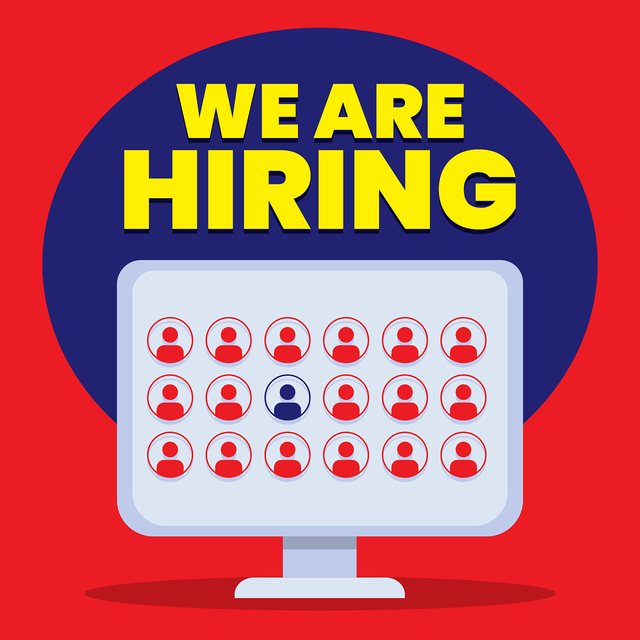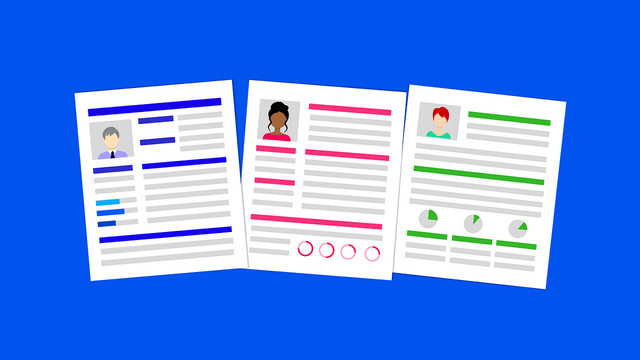Human Resources Management System: Managing HR With Information Technology

Human Resources Management System (HRMS) is a term that refers to a system that manages human resource activities. In a modern world HR work is more sophisticated and involves a lot of complex activities. There's a lot of work involved in employee data management, which involves anything from recruitment and hiring to training and assessments, along with other things. Human Resource Management theories focus on methods of recruitment and selection and highlight the advantages of interviews, general assessment and psychometric testing as employee selection processes.
Because of the importance and manpower involved in these duties, HR professionals must use HR management software in order to handle human resource data more efficiently and effectively. This is where an HRMS may assist an organization. HRMS stands for Human Resource Management System, and it is a collection of software that companies use to handle their internal HR activities. HRMS software aids in the management of modern workforce.
Many organizations now deploy a human resource management system (HRMS), which is a set of systems and procedures that link human resource management with information technology via HR software. A human resources management system (HRMS) can be used for candidate recruitment, payroll management, leave approval, succession planning, attendance monitoring, career development, performance evaluations, and the general management of personnel information inside an organization. A human resource management system (HRMS) may assist major corporations and small businesses in increasing their growth and production. The automation of human resources management's tedious and time-consuming activities frees up some of the company's most valued people, allowing the focus to move to culture, retention, and other high-impact areas.
Employee histories, skills, abilities, pay checks, and performances are all tracked by the human resources department. By replacing specific procedures with multiple tiers of HRMS systems, information management duties may be distributed so that the majority of data collection is not allocated only to HR. Information is maintained more accurate by allowing workers to update personal information and conduct other duties, and thereby HR personnel are not burdened with all these task.

Major Modules of Human Resource Management System
The major components of an HRMS are Applicant Tracing System (ATS), Employee Information System, Employee On boarding/Off-boarding, Time management and Payroll Management.
Application Tracking System
Major organization hire candidates for many positions at once and receive hundreds of applicants for each position. Most of these candidates may be unskilled or not fit for the job. Going through all these applications will be a time consuming task. This is where Application Tracking System (ATS) does its part.
All of these resumes are kept in one place by applicant tracking systems, which makes it easier for recruiters and hiring managers to stay organised. In principle, these technologies save time by discovering and identifying the best candidates automatically. In actuality, application tracking systems (ATS) assist recruiting managers in narrowing their applicant pool.
2 Employee On-boarding
According to a recent Gallup poll, only 12% of new recruits believe their company has a proper on-boarding procedure. The on-boarding process usually lasts a day or two, leaving them confused and disappointed. Due to increased employee turnover, a poor on-boarding process might have financial ramifications for the organization. Candidates who are dissatisfied with their on-boarding experience are more likely to leave the organization within a year.
Human Resource Management System helps an organization in monitoring on-boarding processes by automating all the process needed for on-boarding an employee. Distributing checklists to new recruits and internal teams, providing welcome packages, and obtaining applicants' e-signature are some of the on-boarding duties that your HRMS may assist you with automating.
Employee Information System
Manually managing administrative activities may be exhausting and time-consuming. Using spreadsheets to manage employee timesheets is particularly cumbersome. Manual activities frequently result in repeated mistakes, resulting in compliance difficulties. Manually keeping all employee data becomes impractical as businesses develop since it is difficult to modify. Also the employee data is often vulnerable to theft. Any time spent on these manual processes depletes resources for hiring, reducing staff turnover, enhancing employee engagement, succession planning, and other important duties.
Employee Information System helps in reducing this work load. All the employee documents of an organization can be recorded and maintained in one place using an Employee Information System. Allowing your employees to personally complete their profiles will help you to get the accurate information.
Time Management System
Time Management System gives an authenticated access to the employees, which allows to track IN and OUT timings of the employees. Daily check-in and check-out times will be recorded and saved in the time management system. It assists businesses in managing employee timeliness and keeping remote staff on schedule. With an effective time management system, the tedious inconvenience of handling employee leaves and holidays may also be automated.
Payroll Management
Payroll is a list of the company's employees who are paid. Payroll, in simple terms, is the process of paying employees' salaries and part-time workers' wages based on their work hours and agreed-upon remuneration.
In practice, this procedure is not so simple. Other calculations and data, such as leaves taken, remaining leaves, loss of pay, loan, compensations, appraisal, withholdings etc. are to be calculated before the final pay, which is to be paid to employees. The payroll process requires communication with a number of departments and individuals.
Automating the payroll management helps to reduce a lot of time and effort. Payroll management automation facilitates payroll processing for the entire workforce in a couple of minutes.

Selecting and deploying the right human resource management system for your business may have a significant impact on future development and success. While it is possible to do HR activities manually, from the above discussion we have seen that an automated system can assist to increase productivity and transform the way your organization is seen in modern world. It's crucial to keep in mind that these systems aren't "one size fits all". Each organization is unique by nature. So there are different systems available in market which suits the requirements for each organization.